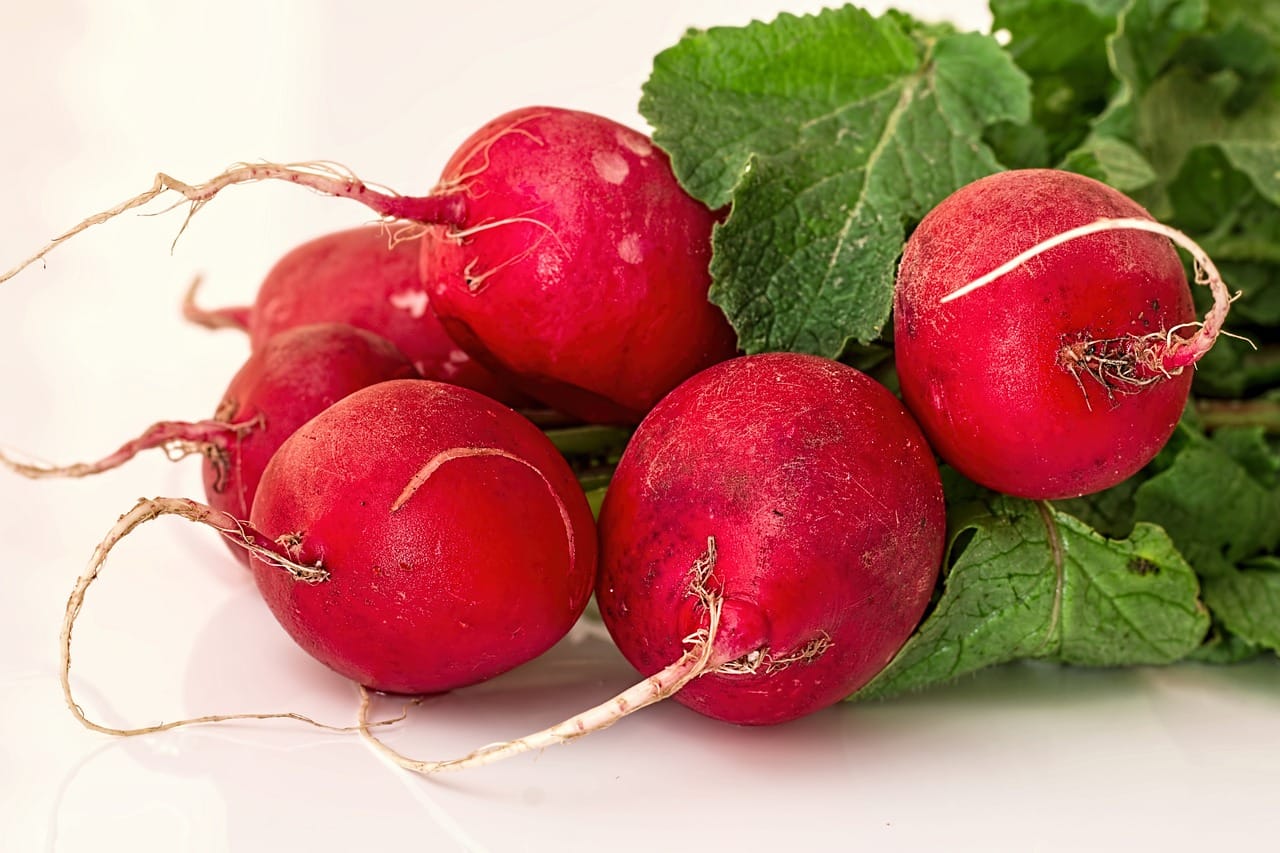What Techniques Ensure a Perfectly Crisp Gourmet Fried Calamari?

Fried calamari: Those two simple words can evoke a gastronomic adventure of crispy, golden bites that simultaneously offer a comforting crunch and a briny taste of the sea. Yet, achieving that perfect balance of texture and flavor is an art form. Chefs and home cooks alike must navigate through a labyrinth of challenges: What is the best type of calamari to use? How can you ensure the coating is crispy but not gritty? What are the secrets to deep-frying without turning the calamari into rubbery rings? As your guide for today’s culinary expedition, we’ll unravel these mysteries and more, exploring the techniques and secrets behind a perfectly crisp, gourmet fried calamari.
Choosing the Right Calamari
The journey to a beautifully fried calamari starts with choosing the right raw product. This is not a step to be taken lightly, as the quality of the calamari significantly impacts the final result. For truly gourmet results, you should opt for fresh calamari. While frozen varieties are available and can be quite convenient, they often fall short in terms of texture and flavor.
A lire en complément : Can You Bake a Gourmet Olive Oil Cake with Citrus and Herbs?
Specifically, fresh squid guarantees a tender and succulent interior once cooked. It also has a sweet, delicate flavor that won’t be masked by the coating or frying process. When selecting calamari at the market, look for specimens with clear, firm flesh and a fresh, sea-like aroma. Avoid those with a strong fishy smell as this could indicate a lack of freshness.
The Art of the Perfect Batter
Moving on from the raw product, we dive into the art of the perfect batter. A well-crafted batter is pivotal in achieving a crispy, golden exterior. It serves as the intermediary between the tender calamari and the hot oil, protecting the squid from becoming tough while providing a delightfully crunchy texture.
Avez-vous vu cela : How to Craft a Gourmet Hot Chocolate with Exotic Spices and Whipped Cream?
For a truly gourmet batter, the secret lies in the ratio of liquid to dry ingredients. Too much liquid can lead to a heavy, doughy coating, while too little may result in an overly gritty texture. The perfect balance usually involves a mixture of flour, cornstarch, and a carbonated liquid – typically beer. The beer not only imparts a subtle flavor but also aids in creating a light, airy batter thanks to its carbonation.
Spices such as paprika, garlic powder, and black pepper can also be added to the batter for an extra kick of flavor. The inclusion of these spices will elevate your calamari from ordinary to gourmet.
Navigating the Perfect Fry
Having prepared our calamari and our batter, it’s time to navigate the tricky waters of deep-frying. The goal here is to achieve a crispy, golden exterior and a tender, juicy interior. Yet, without the right technique, the calamari can either end up soggy and greasy, or rubbery and overcooked.
Firstly, the oil’s temperature is of fundamental importance. If it’s too cold, the calamari will absorb too much oil and become greasy. If it’s too hot, the outside will burn before the inside is fully cooked. A thermometer is a valuable tool here; aim for a temperature between 350 and 375 degrees Fahrenheit.
As for the type of oil, neutral oils with a high smoke point, such as canola or peanut oil, are ideal. These oils can withstand the high temperatures of deep frying without breaking down and imparting an unpleasant flavor.
The Importance of Seasoning and Serving
Finally, once the calamari have been fried to perfection, it’s vital to season them while they’re still piping hot. Salt, when added to the hot calamari, will adhere better and enhance the overall flavor.
The way you serve your gourmet fried calamari is just as essential. A squeeze of fresh lemon just before serving will cut through the richness and add a brightness that complements the briny calamari. Pairing your calamari with a tangy dip, such as a classic marinara sauce or a zesty aioli, will take your dish to the next level.
Unveiling the Secret Ingredient: Patience
It might seem odd to include patience as a technique, but it truly is a secret ingredient in the process of making gourmet fried calamari. Allowing the battered calamari to rest before frying helps the coating adhere better. Similarly, giving the calamari time to drain on paper towels after frying prevents them from becoming soggy.
Furthermore, patience extends to the frying process itself. Crowding the fryer will drop the oil temperature and result in soggy calamari. So, take your time, fry in small batches, and your patience will be rewarded with perfectly crisp, golden, and delicious calamari.
In the end, cooking is a journey rather than a destination. Each step in the process, from choosing the right calamari to patiently frying in batches, contributes to the final masterpiece. With these techniques in hand, you are now equipped to create a truly gourmet fried calamari dish. So roll up your sleeves, fire up the stove, and let the culinary adventure begin!
The Power of Proper Garnishing
In addition to the steps discussed previously, what often sets gourmet dishes apart is the power of proper garnishing. Garnishing, in this context, refers to the final touches you add to your fried calamari to boost its visual appeal and enhance its taste.
When it comes to fried calamari, a sprinkle of freshly chopped parsley can make a world of difference. Not only does it add a vibrant splash of color to your golden calamari, but it also imparts a fresh, herby flavor that complements the sea-like taste of the squid. Just be sure to add it immediately after frying to ensure it sticks to the coating.
Another great garnish is chili flakes. Though optional, they can add a delightful hit of heat that contrasts beautifully with the cooling dip. Other gourmet garnishing options include grated lemon zest or a dusting of smoked paprika.
Moreover, never underestimate the power of presentation. Arrange your fried calamari in a visually appealing way, perhaps in a basket or on a natural wooden board. The way the dish is presented can dramatically increase its perceived value and make the experience of eating it feel truly gourmet.
Conclusion: The Reward is in the Journey
Making a gourmet fried calamari is definitely an art – an art that requires patience, precision, and a passion for quality ingredients. It starts with sourcing fresh calamari, crafting the perfect batter, and carefully navigating the frying process. But it doesn’t end there. The careful seasoning and serving, as well as the thoughtful garnishing, all contribute to the overall success of the dish.
But most importantly, the reward is in the journey. The process of making this gourmet dish is just as important, if not more, than the final product. It’s about the passion you pour into each step, the joy of watching raw ingredients transform into something truly delicious, and the satisfaction of serving up a dish that you’ve put your heart into.
Remember, the key to perfection lies in the attention to detail. Each seemingly small choice – from the type of calamari, the mix of the batter, the temperature of the oil, to the final garnish – all contributes to a masterpiece in your kitchen.
So, embrace the process, enjoy the journey, and relish the delicious, crispy, and gourmet fried calamari you’ve created. And now that you’re armed with these techniques, go forth and fry with confidence! Your culinary adventure awaits.
